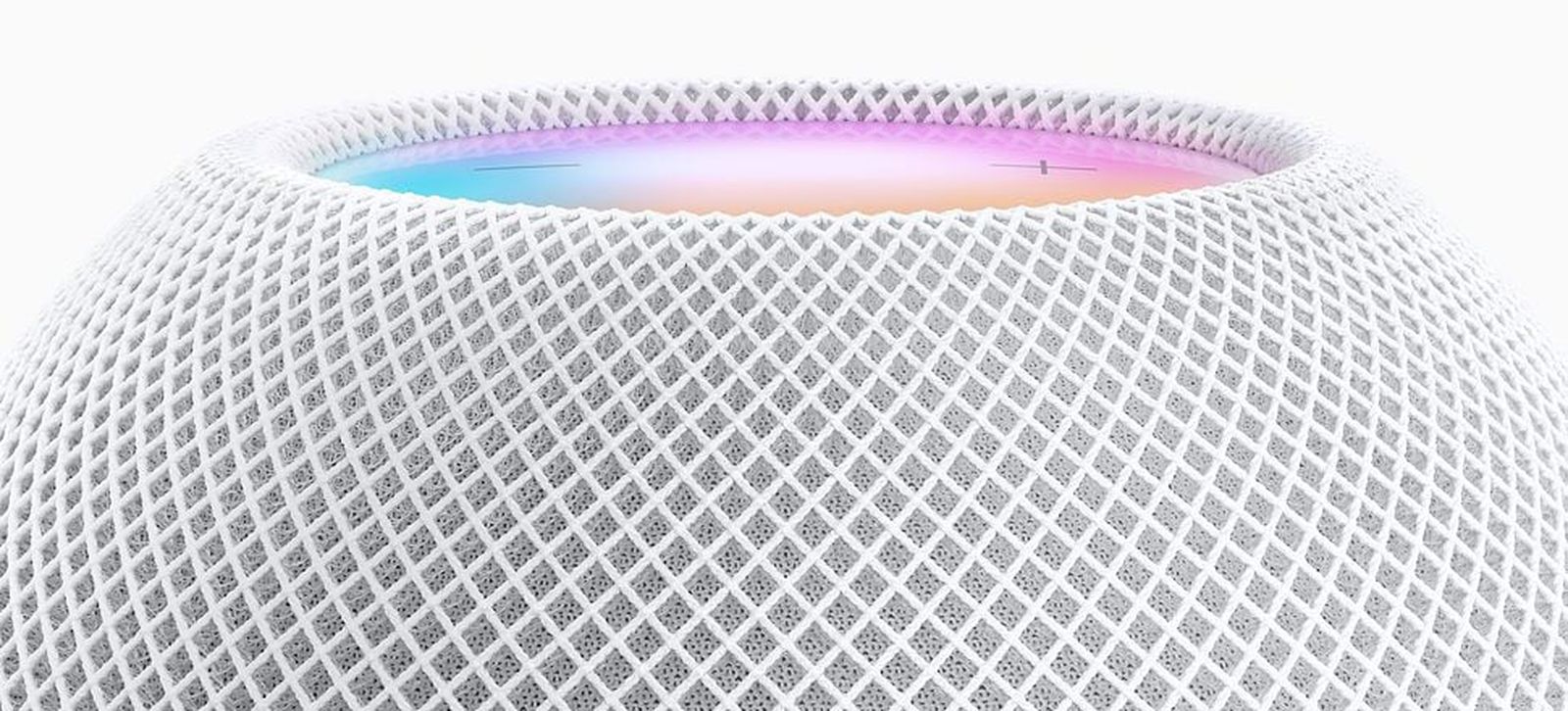
Apple’s HomePod mini includes a latent hidden sensor that can measure temperature and humidity, potentially providing the means to power future features that could end up in a future software update, according to Bloomberg.
/article-new/2021/03/homepod-mini-heat-sensor-ifixit.jpg?resize=560%2C292&ssl=1)
Humidity and temperature sensor from a “HomePod mini”. Source: iFixit (via Bloomberg).
From Mark Gurman’s report:
The company discussed internally the use of the sensor to determine the temperature and humidity of a room, so that thermostats connected to the Internet can adjust different parts of a house according to current conditions, according to people familiar with the situation. The hardware may also allow HomePod mini to automatically trigger other actions, such as turning the fan on or off, depending on the temperature.
[…]
Apple usually releases major HomePod software updates annually in the fall. It is unclear whether or when Apple will turn on the temperature sensor, but its presence in already sold HomePod mini units suggests that this is only a matter of time. An Apple spokeswoman declined to comment.
The component measures 1.5 x 1.5 mm and is buried in the lower edge of the plastic case of the HomePod mini, next to the power cord. The existence of the sensor was independently confirmed by iFixit after an investigation by Bloomberg.
The sensor is manufactured by Texas Instruments, which calls it the “digital humidity and temperature sensor HDC2010,” according to TechInsights, a company that analyzes components inside electronics. According to the report, the placement of the component suggests that its focus will be on the external environment, rather than having an internal diagnostic role.
The part is located relatively far from the main internal components of the device, which means that it is designed to measure the external environment, rather than the temperature of the other electronics of the speaker.
This is not the first time that Apple includes an inactive component in a product and then activates it later through the software. As Bloomberg notes, the 2008 iPod touch had a Bluetooth chip, but support for Bluetooth connectivity was enabled the following year through the software.
If Apple decides to activate the sensor in the “HomePod mini”, it could pave the way for a more integrated smart home strategy for the HomeKit, which controls thermostats, lights, locks, sockets and other devices in the house.
As the report mentions, it could also help Apple’s “HomeKit” to compete with similar features already offered by competitors. E.g. Amazon’s latest Echo speakers include temperature sensors, while Google sells sensors under the Nest brand, which can be placed around homes and connected to its thermostats to adjust each room’s temperature.